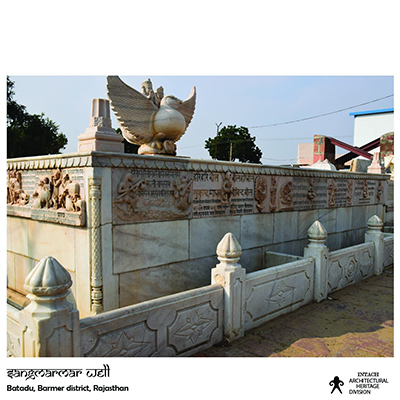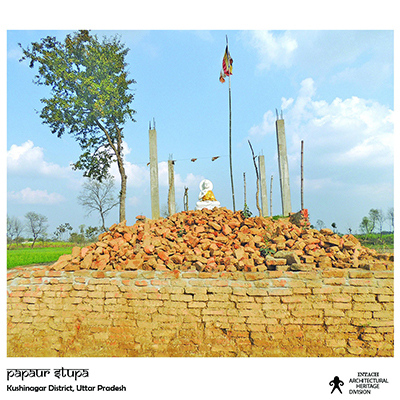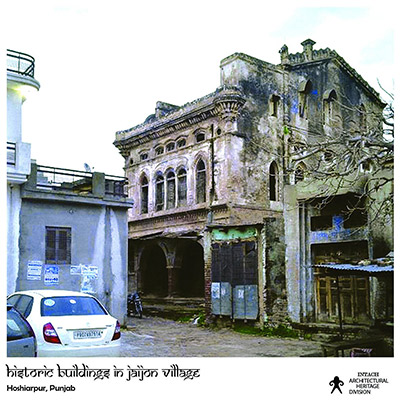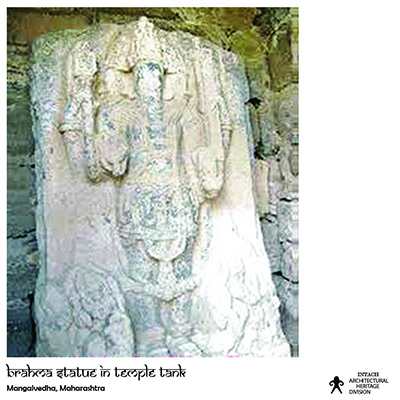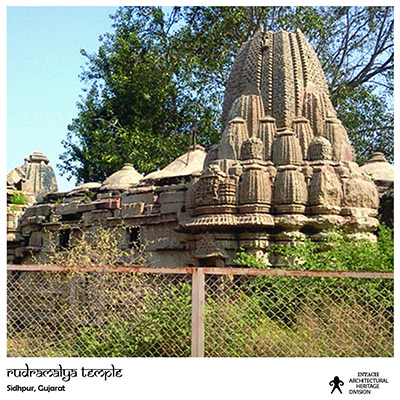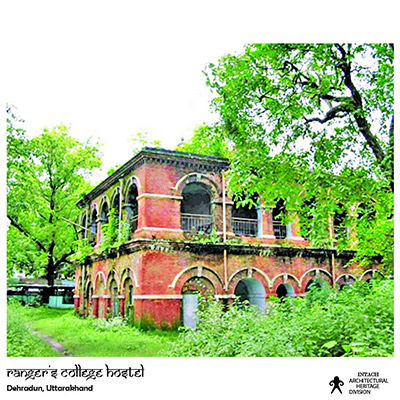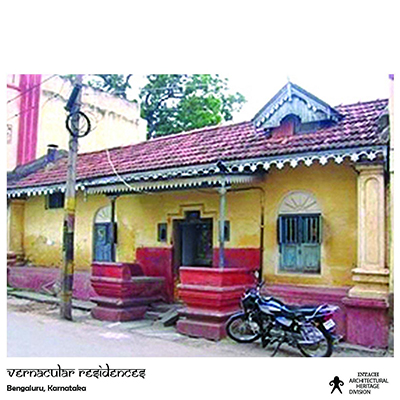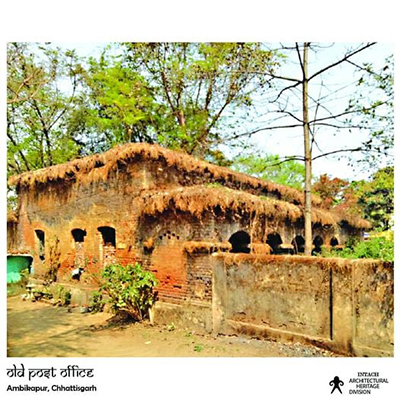H@R 202/365 Pataur roof vernacular homes of saree weavers Chanderi, Madhya Pradesh
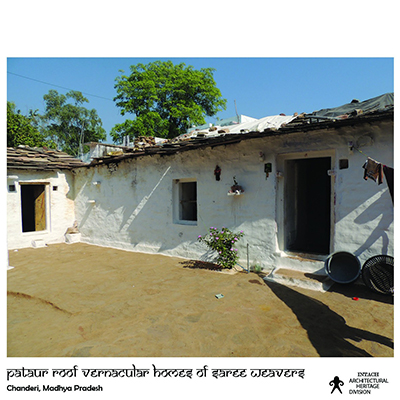
H@R 202/365
Pataur roof vernacular homes of saree weavers Chanderi, Madhya Pradesh
Located in Hatt ka Pura, Chanderi. The dual-purpose vernacular architecture in traditional community clusters, is an extremely critical aspect of keeping alive the ancient craft of handloom weaving. They are home to the world-renowned GI-tagged Chanderi sarees. The artisanal workshops-cum-homes are at risk of disappearance due to pressures of urbanization, lack of awareness about climate-responsiveness and project proposals that disregard the link of the home-based occupation.
Chanderi is part of ‘Iconic Sari Weaving Clusters of India’ which is on UNESCO Tentative List for World Heritage Sites. INTACH’s pilot initiative for traditional material repair, upgradation and conservation is a useful sample for future works of departments and agencies and for preparing proposals under relevant schemes. A consultative approach was followed with the community (owners and local masons).



